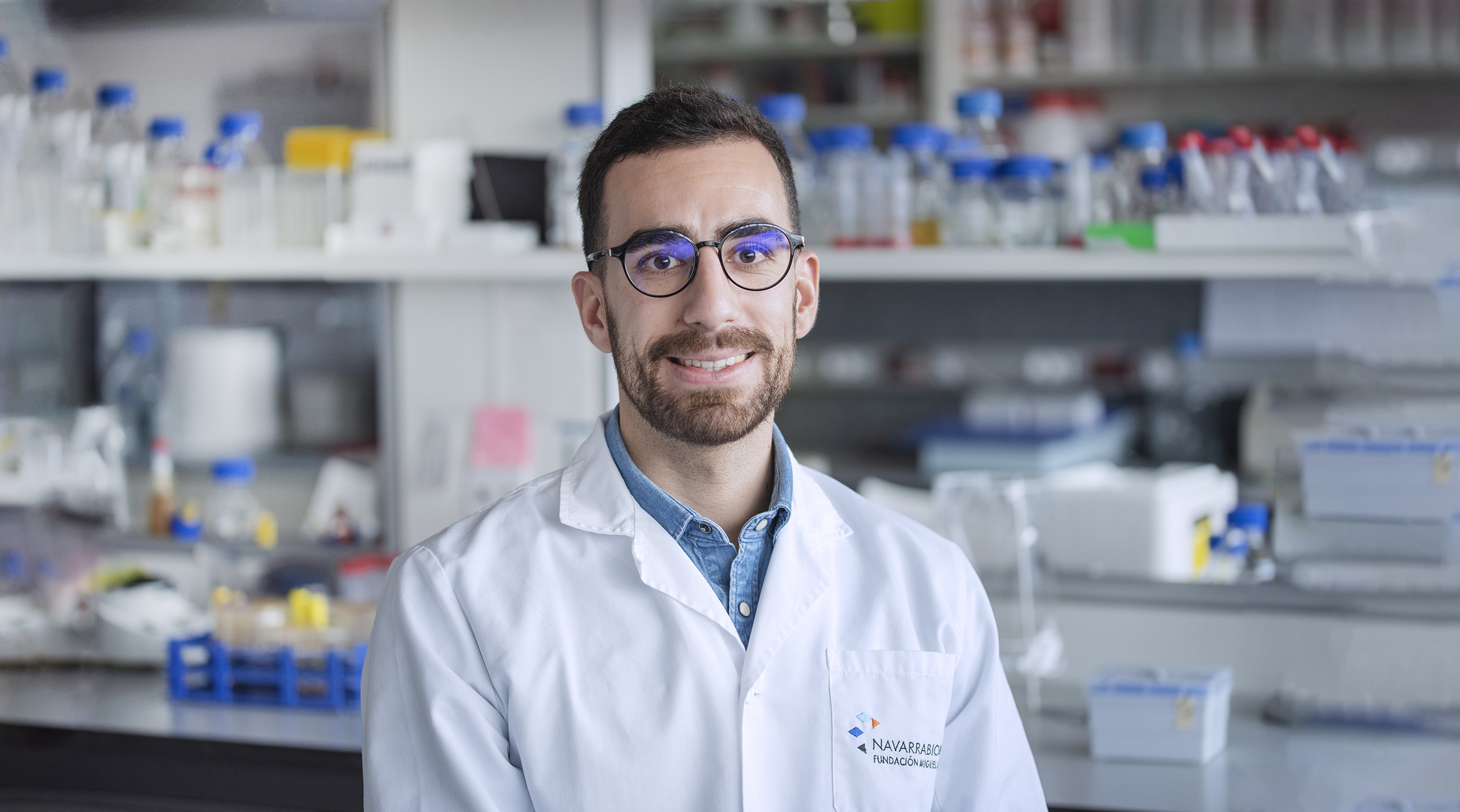
Pablo Iturbe Sanz will present his doctoral thesis on Friday, December 1st
Pablo Iturbe Sanz, predoctoral researcher at the Microbial Pathogenesis Unit from Navarrabiomed-IdiSNA will be reading his doctoral thesis by the Public University of Navarra on Friday, December 1st, at 10:00 am, in the Navarrabiomed auditorium.
The doctoral thesis, which is entitled "Atlas of non-contiguous operons of Staphylococcus aureus", has been developed at Navarrabiomed under the direction of Iñigo Lasa Uzcudun MD, Principal Investigator of the Microbial Pathogenesis Unit of Navarrabiomed. Pablo Iturbe Sanz's research seeks to map the non-contiguous operons (NcOs) present in the genome of the bacterium Staphylococcus aureus.
Research development and results
In a previous study carried out by the Microbial Pathogenesis Unit of Navarrabiomed, the existence of a new transcription structure was documented, which was called the non-contiguous operon (NcO). NcOs are sets of genes that are transcribed into a single RNA molecule, despite being separated by genes that are transcribed in the opposite direction. This discovery opened a new paradigm in the study of gene expression in bacteria.
During the doctoral thesis, Pablo Iturbe has focused on establishing the number of non-contiguous operons (NcO) present in the genome of the bacterium Staphylococcus aureus, in order to determine the frequency of these transcription structures, the existence of common characteristics or a functional relationship between the genes involved. Using Nanopore's direct RNA sequencing methodology, which allows the sequencing of long RNAs, the presence of 18 NcOs has been detected in the genome of Staphylococcus aureus. It has also been noted that this transcription architecture is not unique to bacteria and is also present in phages (bacterial viruses). In particular, a phage characteristic of Staphylococcus aureus contains four NcOs.
In conclusion, this thesis reveals the existence of a new transcription architecture to coordinate the expression of genes in bacteria.
Financing and dissemination of results
The research has been funded by an FPI grant obtained through the call for Grants for R&D&I projects 2017 from the Ministry of Economy, Industry and Competitiveness.
As a result of the results of the thesis, two publications are under review: one in the journal Microlife and another one in the journal Nature Microbiology. On the other hand, the results have been disseminated at two national scientific congresses by the Spanish Society of Microbiology and the Spanish Society of Genetics (both in 2021). Also at an international Microbiology congress (The new Microbiology, 2022) organized by the EMBO, where there was an oral presentation and a prize for best poster was awarded.
